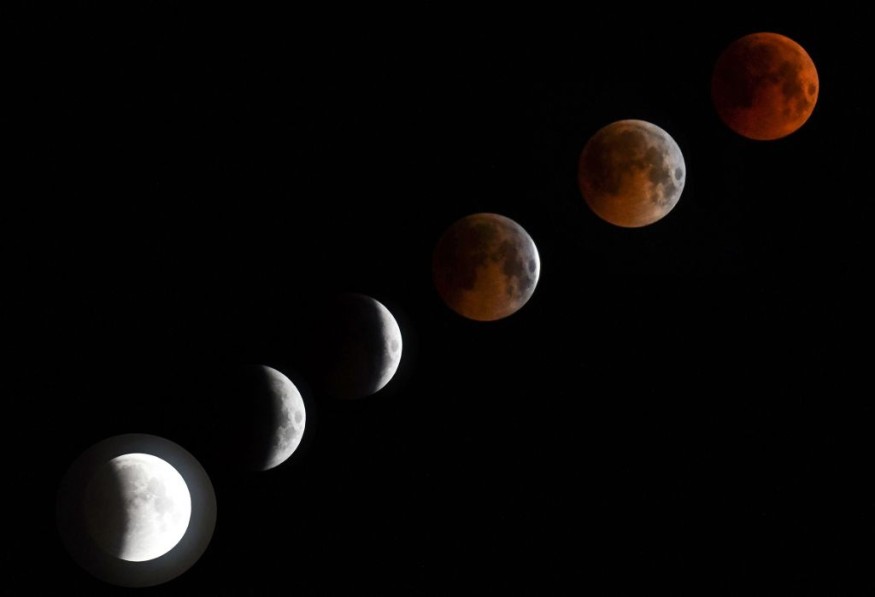A total lunar eclipse will be observed for the first time in the United States on Election Day.
People in the United States will be able to view the complete lunar eclipse, which some refer to as a blood moon due to its crimson hue, in the early hours of November 8 as they travel to polling places along the East Coast for the midterm elections.

Total Lunar Eclipse on Election Day: A Rare Occurrence
According to estimates by EarthSky.org, which initially reported the historic occurrence, this is the first time the two events have coincided. The next time a total lunar eclipse occurs on election day is November 8, 2394, which is 372 years from now.
EarthSky chose that day by matching election day laws with information on upcoming eclipses gathered by a retired astronomer from the Goddard Space Flight Center of the National Aeronautics and Space Administration.
According to NASA, lunar eclipses can occur four to seven times a year. They take place when the Earth, sun, and moon are almost exactly lined up.
A total lunar eclipse occurs when the entire moon crosses through the planet's shadow. The moon seems to take on a reddish tint in the Earth's shadow. A partial eclipse merely obscures the moon, whereas a penumbral eclipse causes the moon to pass past the edge of the Earth's shadow.
While observers won't have to wait as long for another blood moon, the next total lunar eclipse on Election Day won't take place for hundreds of years. According to NASA, the next complete lunar eclipse is anticipated to take place on March 14, 2025, and it will be visible throughout much of North and South America.
ALSO READ : Final Total Lunar Eclipse of the Year Will Not Happen Again in the Next Three Years: Here's What To Expect
How To See Total Lunar Eclipse
It will be possible to see the eclipse's totality from North and Central America, Ecuador, Colombia, and the western regions of Venezuela and Peru. According to NASA, the largest eclipse will occur at 5:59 a.m. ET, and totality will last from 5:17 to 6:42 a.m. ET. Other regions of the world will also be able to see the eclipse. However, much of the best viewing will be in the evening, when the moon might not yet be obvious.
The eclipse will be visible from the U.S. East Coast beginning at 3:02 a.m. local time when the moon enters the penumbra, the outer region of Earth's shadow, and continuing until the moonset happens between around 6:00 a.m. and 6:40 a.m.
The eclipse starts at 2:02 in the morning for people in Central Time and lasts until moonset, which happens between 6:00 and 6:40 in the morning.
The eclipse will start at 1:02 in the morning Mountain Time and last until 6:50, with moonset cutting its duration somewhat short.
If you live on the West Coast, moonset won't block your view of the eclipse. It will start at 12:02 in the morning and last until 5:50 in the morning.
There will be live streaming available from many sites to witness the eclipse in all its majesty if you're not in the best viewing region, it's overcast, or you just don't feel like getting up so early or staying up so late to see the moon turn red. Live feeds will be available via TimeAndDate, Lowell Observatory in Arizona, and Springfield Science Museum in Massachusetts.
RELATED ARTICLE : Total Lunar Eclipse: Super Flower Blood Moon Is The First of 4 Supermoons on Earth in 2022, Retired Astrophysicist Says
Check out more news and information on Space in Science Times.
© 2025 ScienceTimes.com All rights reserved. Do not reproduce without permission. The window to the world of Science Times.












